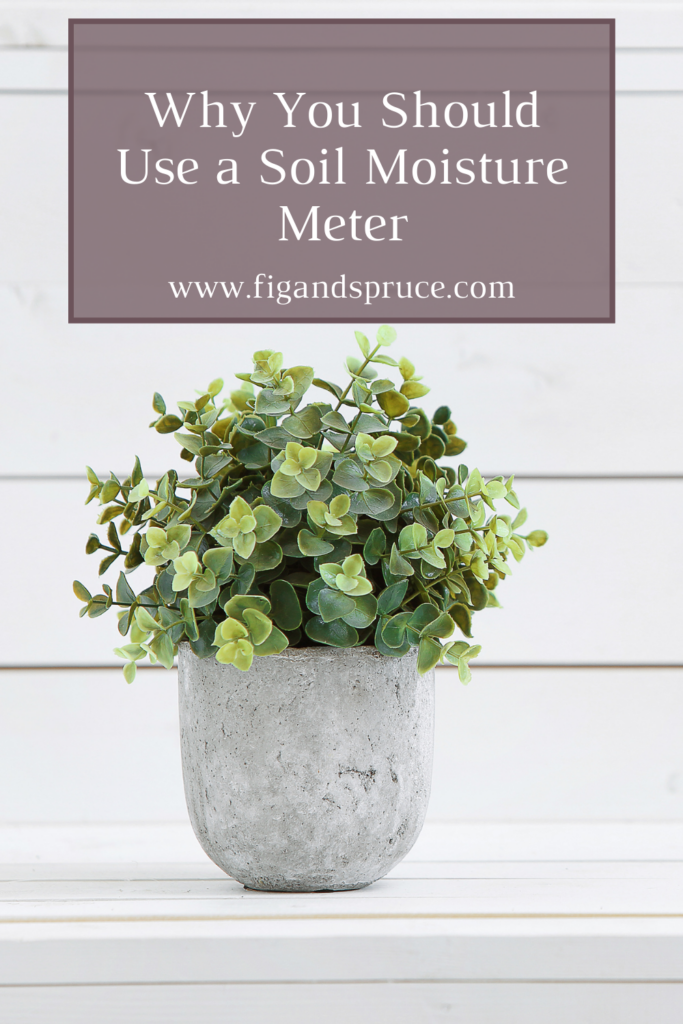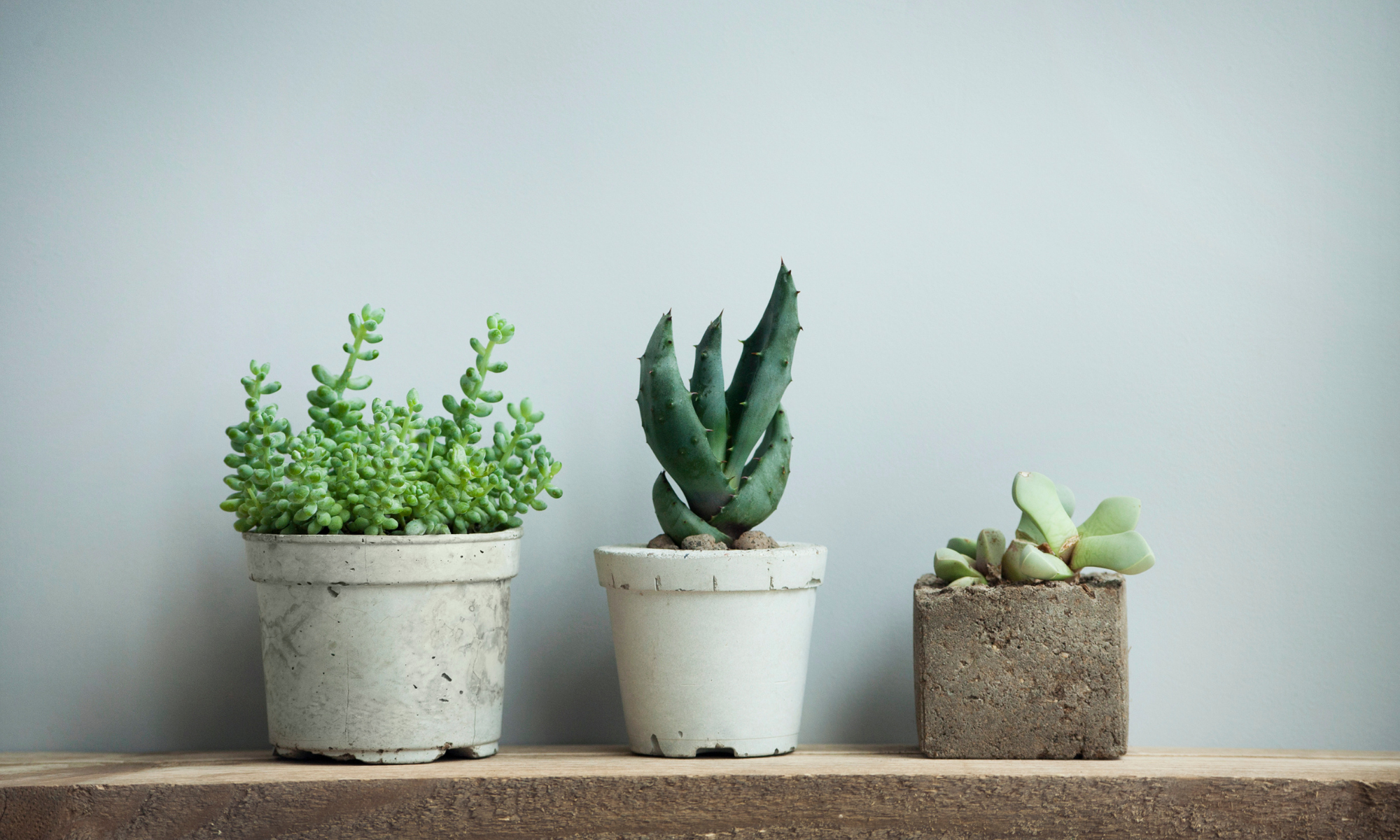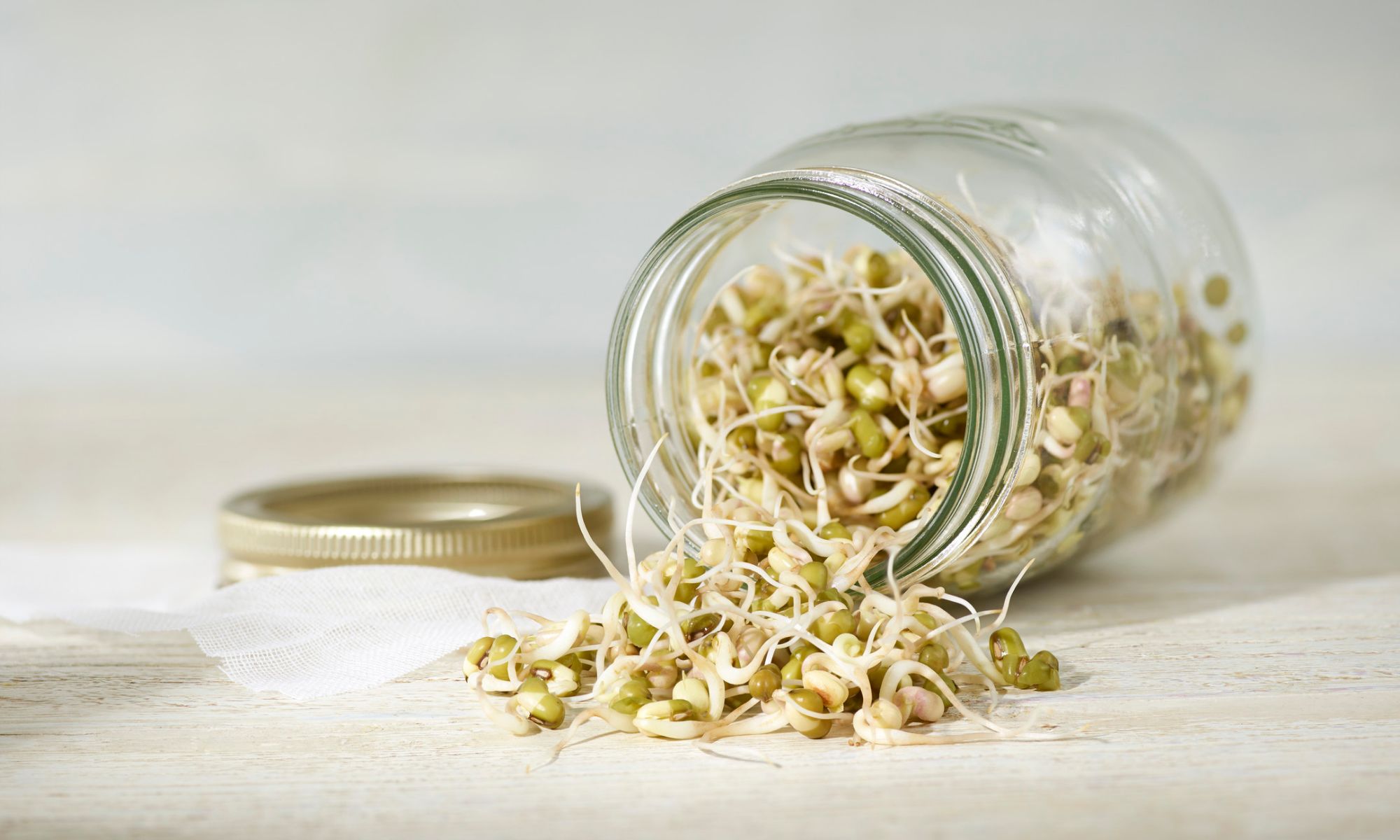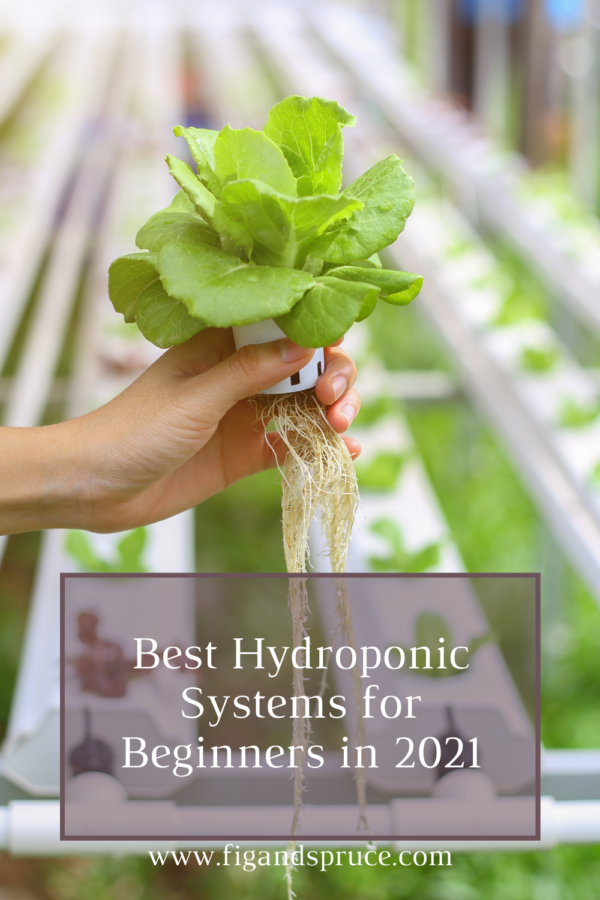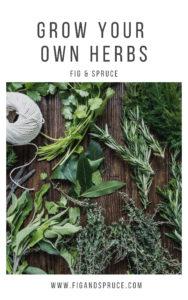We’ve all done it before. We’ve all checked the moisture of our plant’s soil with our fingers. Its a good quick fix, or “rule of thumb” if you will (pun intended). However, a much more accurate and efficient way to check your soil’s moisture is to use a soil moisture meter.
Today, we’re covering the best soil moisture meter options, how to use them, and different considerations when selecting one.
Table of Contents
The Best Soil Moisture Meter for Beginners: Vivosun Soil Tester

Soil Moisture Meters are fairly inexpensive and generally available either on Amazon, or at other big box stores like Home Depot or Lowes. However, we do have a top pick for beginners to start with, and that’s the Vivosun Soil Tester.
This is our top pick for 3 main reasons. The first being, its more than just a soil moisture meter. This moisture meter can test pH and light as well as moisture levels. This allows you to monitor multiple different factors at once and determine what exactly your plant needs. Note this device is only meant for soil pH testing, and cannot be used to test water pH.
The second reason we like this moisture meter is that the sensors are longer than some other models of moisture meters, making it able to reach deep down into pots (or the ground). This means it will be able to get a read on the middle roots of the plant, which are often the ones that are dry.
Third reason we like this model over other options is that it is super simple to operate. No batteries required, simply unbox and begin using! Its super easy for beginners to get quick and accurate reads with this device.
Why should I use a Soil Moisture Meter?
There are a number of reasons that you should begin using a moisture meter for your plants. Especially as a beginner, this device can save you a lot of time and trouble researching issues with your plants.
Monitor Moisture Levels Accurately
You’ve probably heard of the “trick” to telling if your plants need more water is to stick your fingers a couple of inches down into the soil that you’re plant is potted in.
This trick is not the best, for a couple of reasons. The first one is its not very accurate. When measuring with your fingers, you’re likely only getting the top couple of inches as a baseline.
Its also probable that you’re measuring from the edge of the pot, when in reality you want to measure you’re plants moisture levels as close to the center of the root ball as possible.
Enter your moisture meter. A good moisture meter will have long prongs that you insert directly towards the center of the root ball. It should also have a gauge that tells you what level of moisture the soil is at (the metrics vary but often go from a scale of 1-10 or something similar).
Avoid Disturbing Your Plants
The prongs on a moisture meter are useful for another reason besides accuracy. A moisture meter is minimally invasive, and you reduce the risk of disturbing your plants.
When using your finger to check the moisture levels you’re either checking the outer rim of the pot, which is inaccurate, or checking the center and risking disturbing your plants roots. Some heartier plants don’t mind a little disturbance. More sensitive plants though (we’re looking at you, fiddle leaf fig) might not appreciate their roots being moved around by fingers a couple of times a week.
Avoid Over Watering or Under Watering
One of the most common reasons new gardeners kill their plants (especially when planting in pots) is overwatering. You get over-excited about a new plant and want to water it multiple times a week, or even every day, to ensure that its not dry and thirsty.
The problem is, many plants need a lot less water than you think. Especially if you’re working with pots that have poor or no drainage, your plant is keeping that water in the pot and likely doesn’t need the frequency or quantity of water that you’re giving it.
The opposite risk is of course underwatering. You don’t want your plant to be thirsty and constantly in need of water.
A soil moisture meter will help you manage the moisture levels of your plants and prevent you from either overwatering or underwatering your plants.
Test more than just Moisture
Last major perk we’re going to talk about when it comes to soil moisture meters is that often, your meter will come with a variety of other features as well. The Vivosun Soil Tester we mentioned earlier in this article has a 3 in 1 feature. It not only tests soil moisture levels, but also soil pH and light.
How to Use a Soil Moisture Meter
Using a soil moisture meter is fairly straight forward. Depending on the type you purchase, it may require batteries. But after unboxing and powering up, you should be able to stick the prongs down into your soil and capture an accurate reading.
How often should I check my plant’s moisture levels?
We recommend checking a couple of times a week if you’re unsure of how thirsty your plant actually is. If you know that your plant likes to stay dry, you can reduce that frequency.
Overall though, there’s no harm in checking the levels, so feel free to check as often as you like! Once you get a feel for how often your plant needs water you’ll be able to adjust your frequency accordingly.
Interested in learning more tips and tricks on potted plants? Check out our container gardening section or indoor plant guides for more resources!
